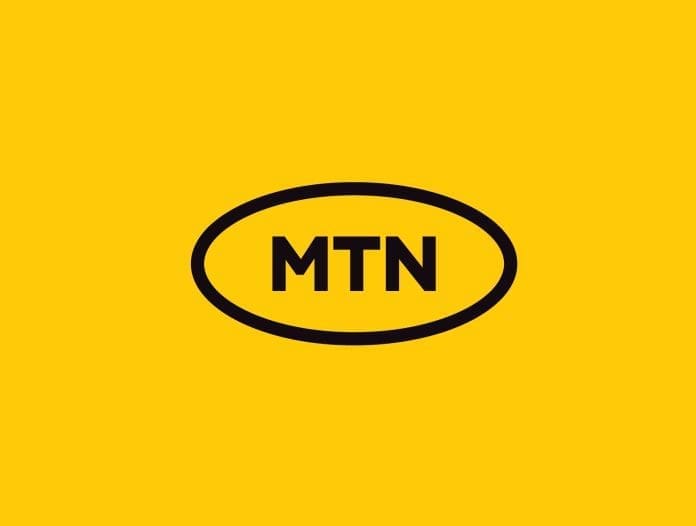The Ghana Stock Exchange (GSE) posted solid gains on Friday, 3 October 2025, with the benchmark composite index rising 44.67 points as telecommunications giant MTN Ghana accounted for nearly 80% of total trading value during the session.
The GSE Composite Index (GSE-CI) closed at 8,410.56 points, while the Financial Stocks Index (GSE-FSI) advanced 31.46 points to reach 3,880.46. Both indices extended gains from earlier in the week, reflecting continued investor appetite despite relatively light trading volumes across most listed securities.
Friday’s session saw 962,313 shares change hands with a total value of GH¢3.59 million, according to trading data from session 7063. This represented a significant decline from Thursday’s turnover of GH¢8.32 million, though the market maintained its upward trajectory.
MTN Ghana, trading under the ticker MTNGH (Scancom PLC), dominated activity with 629,937 shares traded worth GH¢2.85 million. The stock gained GH¢0.02 during the session, continuing a remarkable run that has seen its share price more than double since the start of 2025 when it traded around GH¢2.50.
The telecommunications company’s market capitalization now exceeds GH¢59 billion, making it the largest listed entity on the exchange and a bellwether for overall market sentiment. Its outsized influence means that price movements in MTNGH often determine whether the broader index finishes higher or lower regardless of activity in other stocks.
Cal Bank (CAL) recorded the second-highest trading volume with 204,993 shares worth GH¢142,185, though the stock showed no price change from its previous close. Similarly, SIC Insurance saw 91,035 shares traded valued at GH¢95,587 with no movement in price.
GCB Bank provided one of the session’s notable gains, rising GH¢0.89 despite relatively modest volume of 10,078 shares worth GH¢151,170. Fan Milk (FML) also posted a gain of GH¢0.10, though specific trading volumes for the company weren’t immediately clear from available data.
The limited number of price movers reflects a pattern that has persisted throughout much of 2025: concentrated trading in a handful of stocks while the majority see little to no activity. Out of dozens of listed companies, only a small fraction typically record transactions on any given day.
This concentration poses challenges for portfolio diversification and market depth. Investors seeking exposure to certain sectors may find limited liquidity, making it difficult to build or exit positions without moving prices. The situation particularly affects smaller-cap stocks where even modest orders can cause significant price swings.
The Ghana Alternative Market (GAX), designed for smaller and emerging companies, showed no trading activity during Friday’s session. Samba Foods Ltd, one of the companies listed on the alternative market, recorded zero shares traded, mirroring a broader pattern of dormancy on that platform.
Similarly, odd lot trading—transactions involving fewer than the standard trading board lot—showed no activity across all listed securities. This suggests that retail investors, who might be more likely to trade in smaller quantities, weren’t particularly active during the session.
Total market capitalization across all listed companies stood at approximately GH¢165.63 billion, slightly up from levels earlier in the week. However, this figure remains heavily skewed toward a few large-cap names including MTN Ghana, Tullow Oil, and the major banks.
The GSE’s performance through early October continues the positive momentum that characterized much of the third quarter. The composite index has gained substantial ground from levels below 8,000 points earlier in the year, though whether this rally can sustain depends partly on whether trading activity broadens beyond the current narrow leadership.
Banking stocks have shown mixed performance recently. While GCB posted gains on Friday, other financial institutions saw flat trading or no activity at all. The financial sector index’s 31-point gain suggests some strength, though interpreting sector indices becomes complicated when only a handful of constituent stocks actually trade.
Market observers note that the GSE’s thin trading volumes by international standards create both opportunities and risks. Price movements can be amplified by relatively small order flows, creating potential for quick gains but also vulnerability to sharp reversals if sentiment shifts.
The exchange operates from 10:00 AM to 3:00 PM on weekdays, with a pre-market session from 9:30 AM to 10:00 AM. This relatively short trading window, combined with limited market participants, contributes to the concentration of activity in a few heavily-traded names.
Looking ahead, market participants will watch whether October brings broader participation or if trading remains dominated by MTN Ghana and a small circle of other large-caps. The pattern has implications for how effectively the GSE functions as a capital allocation mechanism and whether it can attract new listings from companies seeking to raise equity capital.
For now, the upward trend in headline indices provides a positive narrative, though beneath those numbers lies a market where most stocks trade infrequently and price discovery remains limited. Friday’s session exemplified this dynamic: solid index gains driven almost entirely by a single stock, while the majority of listed companies saw no trading whatsoever.
The GSE’s market capitalization of GH¢165 billion places it among sub-Saharan Africa’s mid-tier exchanges, smaller than markets in South Africa, Nigeria, or Kenya but larger than many regional peers. Whether Ghana can develop a deeper, more liquid equity market depends partly on factors beyond the exchange itself, including economic growth, regulatory frameworks, and investor confidence in corporate governance.
Source: newsghana.com.gh











